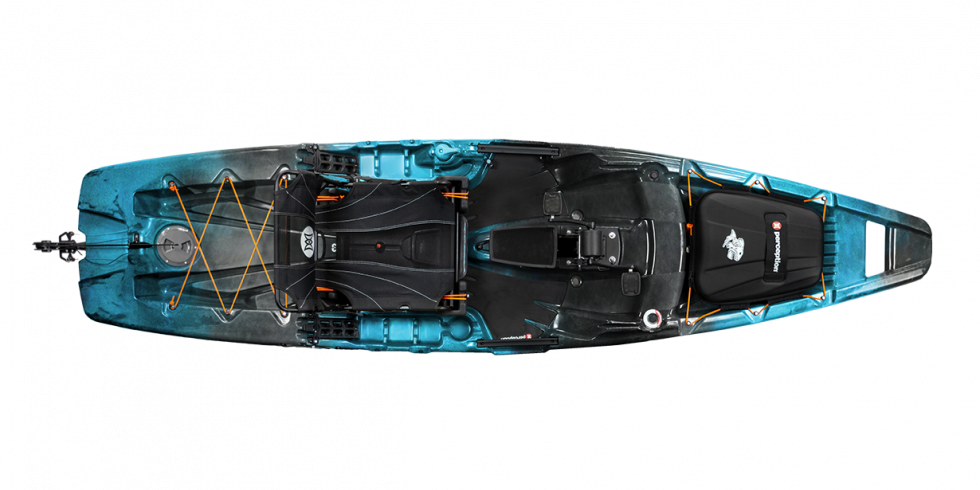
Kayaking 101
Paddling Tips
Paddling Technique
The following concepts will help you develop good form as you take to the water.
Sit up straight. Your mother was right. Posture is important- for balance, efficiency and safety. Imagine that the heaviest parts of your body-head, chest, abdomen, hips, and rear end – are blocks in a tower. Keep them evenly stacked for beginning techniques; it’s when they come out of alignment that the tower (and your boat) is more likely to topple. Staying loose in the hips allows the boat to rock under you.
Use the big muscles. Instead of bicycling your hands out and back with each stroke, keep arms relatively straight. Paddling with arms alone is inefficient and fatiguing. Your chest, back and stomach muscles are much sturdier, so they’re better suited for the task. Paddling slightly stiff-armed is a method for learning efficient strokes. It forces use of the larger muscles.
Be shoulder safe. Shoulder injuries are not uncommon in paddlesports. To protect your shoulders, keep your hands in front of your body. When placing a paddle blade behind you, turn to look at it, rotating your shoulders into a safe position.
Different strokes. An entire vocabulary of strokes exists for every direction a boat can travel. Take a class to learn them all properly. Until then, remember these rules:
- Keep the paddle blade perpendicular to the desired direction of travel. Forward strokes run parallel to the boat’s centerline. To move sideways away from the bank or dock, put the blade in the water parallel to your boat and pull yourself over to the blade. This is called a draw stroke.
- Steer at the ends. You’ll get more mechanical advantage from turning strokes by doing them close to the ends of your boat. Sweep strokes are great for turning, tracing broad arcs to and from the bow or stern.
Before getting it wet, hop into your kayak on flat ground to adjust the foot pegs and back band to fit you. Then, with kayak in the water parallel to shore, place your paddle shaft behind the cockpit or seat, extending one blade to rest shoreside on firm ground to lend stability when entering.
Get a Grip. A white-knuckled death grip can lead to discomfort. Relax. Hold the paddle shaft with thumbs and forefingers forming rings, like you’re making the “OK” sign, and keep your other fingers loose. Now you can orient your blades and gain reach without stressing your wrists. To find the right hand position, put the center of the shaft on top of your head, then hold it so that your arms form right angles at the elbow.
Use the Blades Properly. Many kayak paddle blades are asymmetrical. The spooned powerface is designed for grabbing water with each forward stroke. The other side (backface) is used also for certain strokes. Some blades look lopsided, a feature affording hydrodynamic advantage. Keep the long edge on top.
Going Forward. Plant the blade as far forward as you can comfortably reach, rotating your torso without leaning forward. Keep the path of your stroke parallel to the boat. Use a more relaxed shaft angle (45 to 60 degrees) for touring, and bring it more vertical – which places the blade closer to the boat – for a power boost.
Information on this page is provided through our partnership with American Canoe Association (ACA) by staff writer Becky Molina.
For comprehensive guides on paddling, please visit the ACA website.

